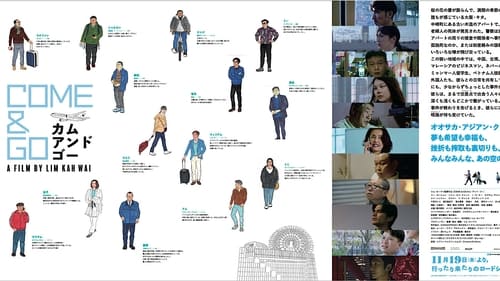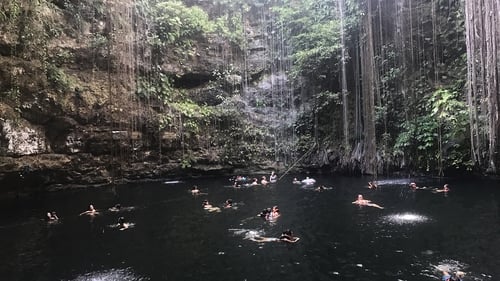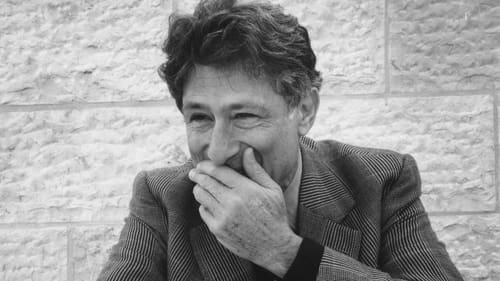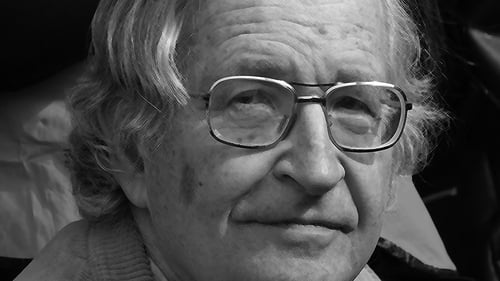
Other
大阪を舞台に描いた群像劇。通称「キタ」と呼ばれる大阪の繁華街で生きるアジア人たちの人生を描く。春のある日、大阪のキタにある古びたアパートの一室で白骨化した老女の死体が発見された。警察は捜査を開始し、アパート周辺で聞き込みを続けるが、孤独死なのか、あるいは財産がらみの謀殺なのか、さまざまな噂が飛び交っていた。同じころ、中国・台湾・韓国の観光客、マレーシアのビジネスマン、ネパールの難民、ミャンマー人留学生、ベトナム人技能実習生など、キタにやってきた外国人たちと、彼らと日常を共有する日本人たちの間に、さまざまな出来事が起こっている。やがて事件の捜査が終わるとき、人びとは新たな人生の岐路を迎える。

Editor
In the 1990s, fearing persecution from the Turkish government, about 2,000 Kurdish refugees of Turkish nationality came to settle in a suburb of Tokyo. Here live Ohzan (18), Ramazan (19) and Memet (38). This documentary focuses on these three young Kurds in Japan.

Editor
After years of dumping industrial wastes from the factory to the ocean, Chisso Chemical Corporation contaminated the area of a small Japanese fishing village with excessive amounts of methylmercury. This highly toxic chemical bioaccumulated in fishes of the local water, which when consumed by the local populace resulted in mercury poisoning. In 1977, Minamata disease certification criteria was set by a strange method that tried not to recognize the rights of environmental disease patients. However, an Osaka court won the case for some patients because of a newly developed theory by medical doctors’ recent experiments and proofs. For decades, these patients struggled within the Japanese judicial system for their rights to receive compensation as victims of environmental disease. Those different aspects of these patients’ lives have been filmed by director Hara for the last 15 years, inspired by the late director Tsuchimoto’s documentary MINAMATA: THE VICTIMS AND THEIR WORLD (1971).

Editor
東日本大震災の発生直後に全町避難となった福島県双葉郡広野町にフォーカスしたドキュメンタリー。東京オリンピック聖火リレーのスタート地点になっている「ナショナルトレーニングセンター Jヴィレッジ」があるこの町に暮らす人々の営みを映す。プロデューサーとして『桜の樹の下』も手掛けている『ドコニモイケナイ』などの島田隆一が監督・撮影・プロデューサーを担当した。

Editor
Cenotes—sources of water that in ancient Mayan civilization were said to connect the real world and the afterlife. The past and present of the people living in and around them intersect, and distant memories echo throughout immersive scenes of light and darkness.

Editor
Fumi and Kazu have a lot to teach us about love. When they decide to stick their necks out and create the first LGBTQ+ law firm in Japan, they are drawn into the lives of people searching for protection and support. Despite their own relationship having no legal status, they work pro-bono for long hours, all the while foster-parenting a teenager. We meet with a colourful cast of misfits, dissidents and artists – from a delightful eccentric being prosecuted for her kitschy vagina sculptures, to a troubled outsider who, as the child of an ‘immoral woman’, has no legal identity. A saying is repeated throughout the film, that one must ‘read the air’ – conform to the tacit conservatism that forbids sexual diversity. With love, humour and serious legal chops, Fumi and Kazu do exactly the opposite.

Editor
Clearly, the comfort woman controversy is far from resolved - and that explains why Zhongyi Ban has now completed his third documentary on the subject. "Give Me the Sun" introduces us to a group of seven aging Chinese women whose bodies and minds were irrevocably scarred by the unspeakable brutality inflicted on them during World War II, when they were being gang-raped for months until their families ransomed them. Some were lured into sexual slavery by locals working for the Japanese Army, who promised them work in factories or hospitals; others were simply abducted and enslaved in the nearest comfort stations. Chinese scholars have estimated that close to 100,000 women were forcibly taken from their homes during the war, although lack of official documentation has made it difficult for historians to reach an agreement on the exact figure.

Editor
This film is about a lawsuit seeking state compensation for asbestos-related damage in the Sennan area of Osaka. Filmmaker Hara Kazuo records the eight-year struggle of the plaintiffs and their lawyers. A dogged and dramatic depiction of their intense battle.

Editor

Editor
Documentary filmmaker Makoto Sato offers this reflection on the life and career of Edward Said, the deeply influential literary and cultural critic, Columbia University academic, and outspoken advocate for displaced Palestinians, of whom he was one. Exploring the landscapes of Said's childhood and how they influenced his philosophy, this film features rare footage of Said and interviews with many of his colleagues, including Noam Chomsky.

Editor
Satō Makoto discovered documentary film when he visited Minamata (well known as the former site of an environmental disaster) as a student, and worked on Katori Naotaka’s The Innocent Sea. While touring Japan with the film, he met people who lived by the polluted Agano River in Niigata and decided to make a film about them. Living there with seven crew members for three years, Living on the River Agano was completed in 1992 and showed people who live with the river and work in agriculture and fishing, quietly probing the cruelty of nature destroyed. Ten years later, and after attending several funerals of people who appeared in the first feature, the team returned to the area. The resulting film Memories of Agano is a ghostly poem on people, fields, stories, songs and buildings receding into absence, the power of images and the strength of sound to revive the past.

Editor
This documentary compiles a series of Noam Chomsky's interviews and lectures that address the events of 9/11.









